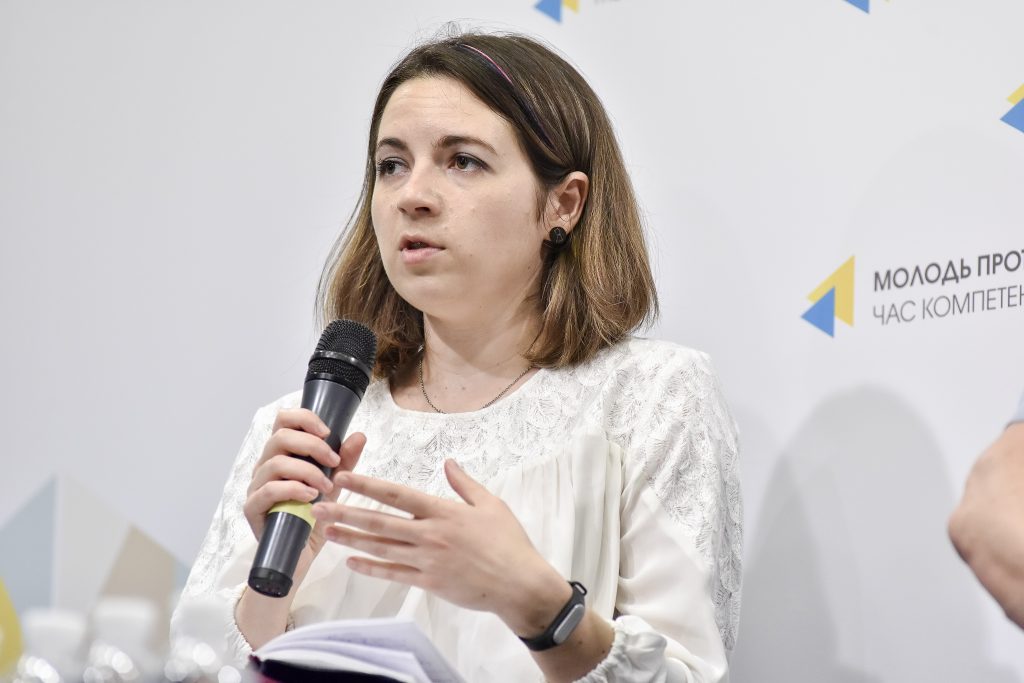Experts explain why city and village school students demonstrate a gap in academic results, voice possible ways to balance the performance results.
Academic performance of Ukrainian school students largely depends on their place of residence and studies as well as on their basic social and economic conditions. The data was presented by experts of CEDOS analytical center and of the Ukrainian Center for Education Quality Assessment at a press-briefing at Ukraine Crisis Media Center. Village school students find themselves is a less beneficial situation – that is often the case due to the lower quality of teaching and school’s facilities; as well as due to the impossibility to choose the school in which to study and lower income of their family. They do not always have access to additional information sources on the Internet.
This gap is visible through the results of the external independent testing and through the student’s further perspectives. “Since 2010 we have been witnessing the tendency for a considerable gap between the results of the external independent testing demonstrated by graduates of city and village schools; city school students demonstrate better results,” said Vadym Karandii, director of the Ukrainian Center for Education Quality Assessment. The most visible gap is between the results of the external independent testing in English – city schools sometimes have a result that is twice better. The smallest gap between the city and the village is in biology. Maryna Shevtsova, intern of the Young Professional Development Program at CEDOS analytical center noted that such a gap is in place between towns and cities as well as between non-specialized and specialized schools in the cities, educational standards and quality is higher in the latter.
Another important factor is to what extent the parents care about educating and bringing up their child. “When we speak about social and economic inequality we are talking not only about the money but also about the parents’ motivation and intention to get their child study more, in a more efficient way and secure him/her an access to certain educational resources,” said Maryna Shevtsova. It will define whether the child is going to attend a specialized school or the one that is the closest to the house; whether he or she will attend additional classes offered by the school.
In the majority of developed countries the gap is breached by increasing financing for schools and arranging activities set to enhance the qualification and motivation of teachers, said Mona Ali, intern of CEDOS analytical center under the Civil Society Professionals Program of the International Renaissance Foundation. Representatives of the Program for International Student Assessment (PISA) emphasize that it is very important to distribute the money inside the educational establishment in order to use the available resources in the most efficient way. Another piece of advice is not to split the students into “strong” and “weak” classes. “When the so-called screening is introduced at an early stage and more talented students are enrolled in the A class while the ‘non-talented’ ones in other classes, it leads to inequality as well as to significant difference between the academic performance of the students in future,” explained Tetiana Vakulenko, national coordinator of PISA study in Ukraine. It is also important to establish fruitful interaction between teachers so that they exchange experience as well as provide for regular monitoring of education quality.




